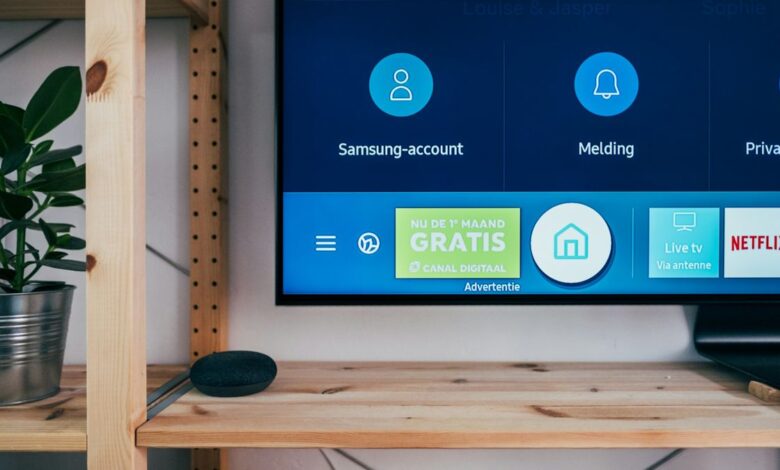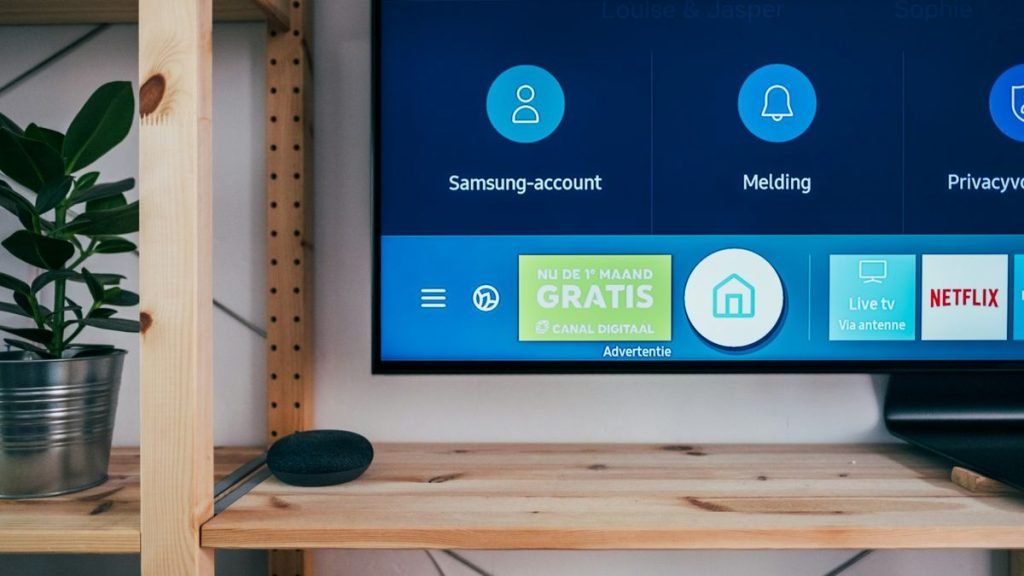Samsung, Google Developed 3D Sound ‘Eclipsa Audio’ to Rival Dolby Atmos


Photo Credit: Jonas Jeupe
Samsung’s ‘Eclipsa Audio’ 3D sound (developed in partnership with Google) is making an appearance in its 2024 TV and sound bar line-up at CES.
Samsung says it expects the format to rival Dolby Atmos by providing dynamic, immersive audio content on its TVs and sound bar. “We are proud to lead the industry with the integration of Eclipsa Audio into our 2025 TV and sound bar lineup,” says Taeyong Son, Executive Vice President and Head of the R&D Team, Visual Display Business, Samsung Electronics. “This innovation opens new possibilities for immersive audio experiences and reinforces our commitment to shaping the future of home entertainment.”
Eclipsa Audio allows creators to adjust audio data such as location and intensity of sounds, along with spacial reflections, to create an immersive three-dimensional sound experience. Starting this year, creators will be able to upload videos with Eclipsa Audio tracks to YouTube. Viewers with new Samsung devices will be able to watch YouTube videos with spatial audio when available.
To ensure consistent audio quality, Samsung and Google are working with the Telecommunications Technology Association (TTA) to create a certification program for devices using Eclipsa Audio—ensuring that consumers experience the highest standards of sound fidelity.
Samsung and Google partnered to create a rival to Dolby Atmos in 2023, with the introduction of Immersive Audio Model and Formats. At the time, Samsung’s Spatial Audio Lead Woo-hyun Nam said the format would offer “a complete open-source framework for 3D audio, from creation to delivery and playback, ditching the licensing fee that Dolby uses.” So far, YouTube is the only big-name player on board with the new audio format.
“We believe that Eclipsa Audio has the potential to change the way we experience sound,” says Google Chrome’s VP of Engineering Jim Bankoski. “We are excited to see how the community uses it to create new and innovative audio experiences.” With the format only working on newer Samsung TVs and sound bars, it could be a while before the format sees mainstream support among YouTube creators—if at all.


